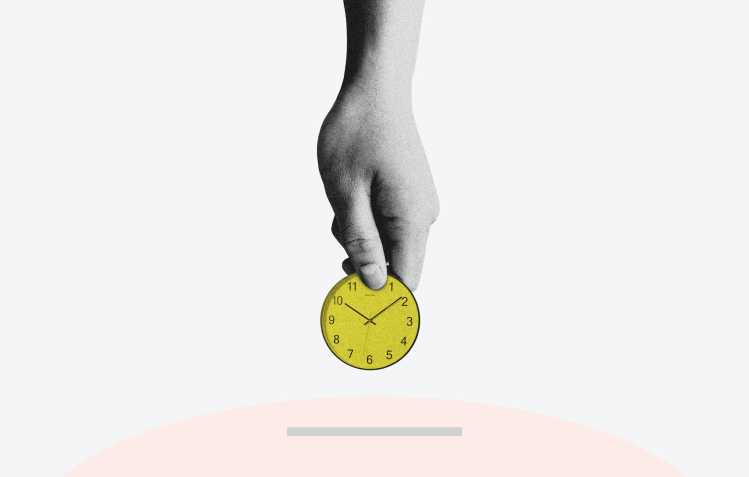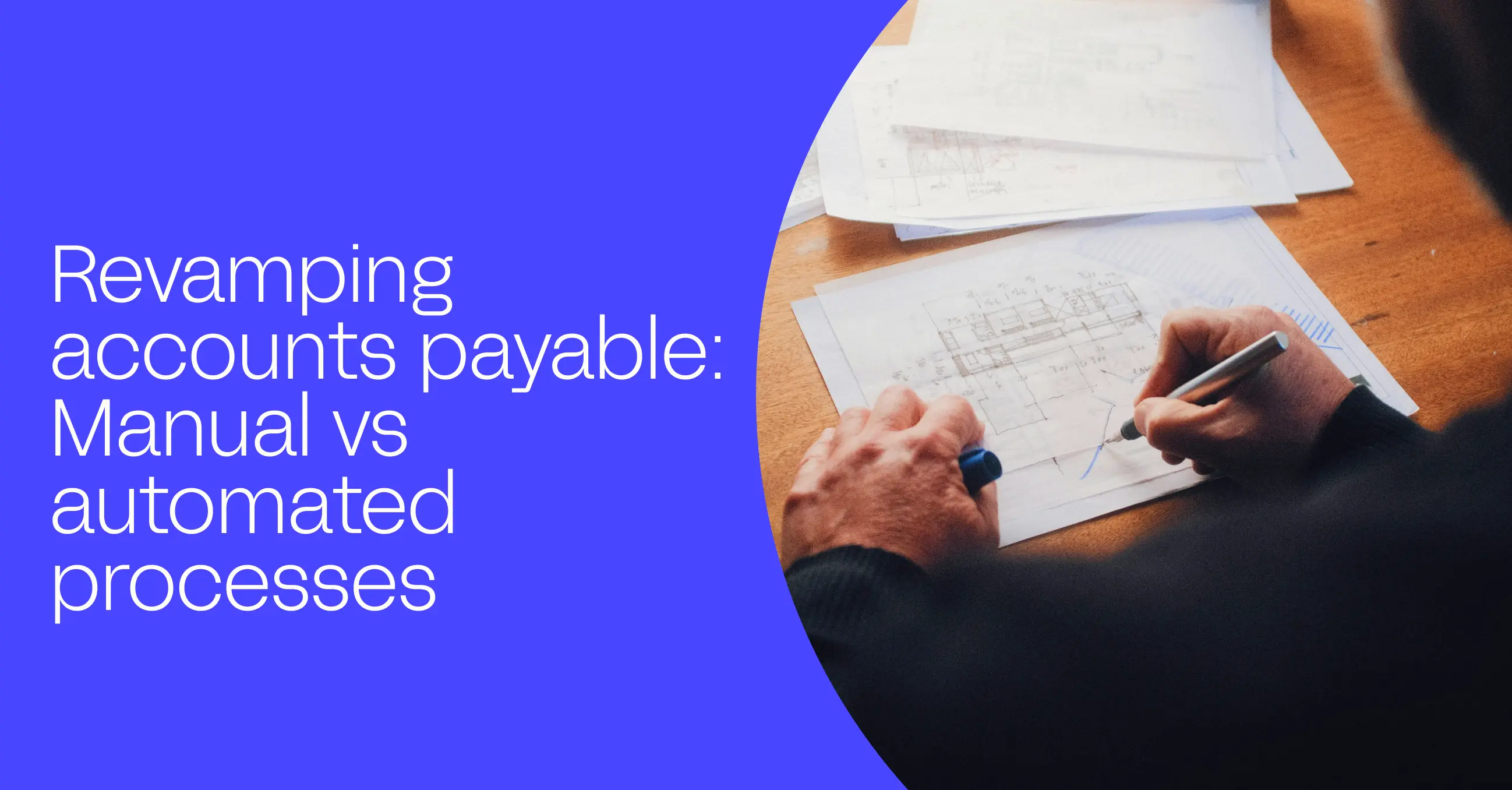The difference between payments and disbursements
Jo McCann
| January 13th, 2021
A payment is the agreed value of a product or service. A disbursement is a payment from a dedicated fund. We'll cover the differences between payments and disbursements and how they're used.
We’ve always found a way to exchange goods: raw materials, services, labor. And as a result have created systems of currency to simplify navigating business exchanges. Business A manufactures a bolt that Business B needs in the final stages of assembly. Both businesses enter into an accord for an exchange of payment: Business A will provide the supplies for Business B as long as Business B agrees to pay.
What is a payment?
How a payment is made will differ from contract to contract, but the result is the same. A payment is what is the agreed value of a product or service that a party provides in exchange for that product or service, and it is paid directly to the producer of that product or service.
What is a disbursement?
As a business grows, not all purchases are direct deposits from one business to another. To best track the movement of cash flow, a business will set up accounts that hold a dedicated fund from which disbursements are made for payment of goods and services. There are also cash disbursements, which are typically used for customer reimbursement, operating expenses, and accounts receivable.
Examples of disbursements
For example, many real estate transactions use escrow accounts. A disbursement is a form of payment from a dedicated or third party account with the expectation that the amount is reimbursed. For example, let’s say your business wants packaging labels with your logo on it. You order labels from a third party vendor that prints graphics onto labels. When you receive an invoice for your order, it includes a line item for blank rolls of labels. The third-party vendor you used initially sent a disbursement payment to another business that produces label rolls with the anticipation that your business will ultimately reimburse that amount when you pay your invoice. Disbursements are tracked in the general ledger by the bookkeeper.
How does a disbursement differ from a payment?
Creating these outflow accounts from which disbursements are drawn is an important practice for monitoring cash flow. Unlike payments, disbursements are an indication of actual business activity and will help advise future financial decisions. When disbursements are made, it is important that very detailed information is recorded. The amount, the date, the payee, and the reason for the purchase or the intended use are all useful data points. If a disbursement account is low or negative at the end of a designated cycle it may be an indication of a disconnect between what is out-going and what is being invoiced. Not only can questions about labor rates or raw material quantities be assessed, but best practices for disbursement approvals can also be established.
Why does the distinction between payment and disbursement matter?
Simply put, a disbursement is always a payment of some kind, but a payment is not always a disbursement. Understanding the distinction is important because different payments may be subject to fees like VAT or taxes. For example, a baker purchases flour and sugar, these items are tax exempt. Not only will tax be collected at the final sale to a market goer, the disbursement will also be reimbursed since the cost of raw materials is built into the cost of each pastry. However, the baker also needs a new spatula which will not be resold and is subject to tax at the time of purchase, this payment will be drawn from a different account. By differentiating where the cash flow is coming and going will help the baker report accurately come tax season.
By understanding the difference between a disbursement and a payment, a business can best track what they do, and how they do it. Knowing that payments may be subject to fees prevents issues should an audit occur. And utilizing disbursement accounts helps to determine what to invoice for as well as informs future budgetary decisions. Taken together, a business is able to manage cash flow and monitor business health.
Recommended Reading

Accounting
What is payment automation?
From fraud detection to reducing manual data entry, automation can help your team be more efficient and focus on much more crucial tasks than filing papers.

Accounting
Revamping accounts payable: Manual vs. automated processes
Learn how transitioning from manual to automated processes can revolutionize your Accounts Payable department while avoiding potential pitfalls.
